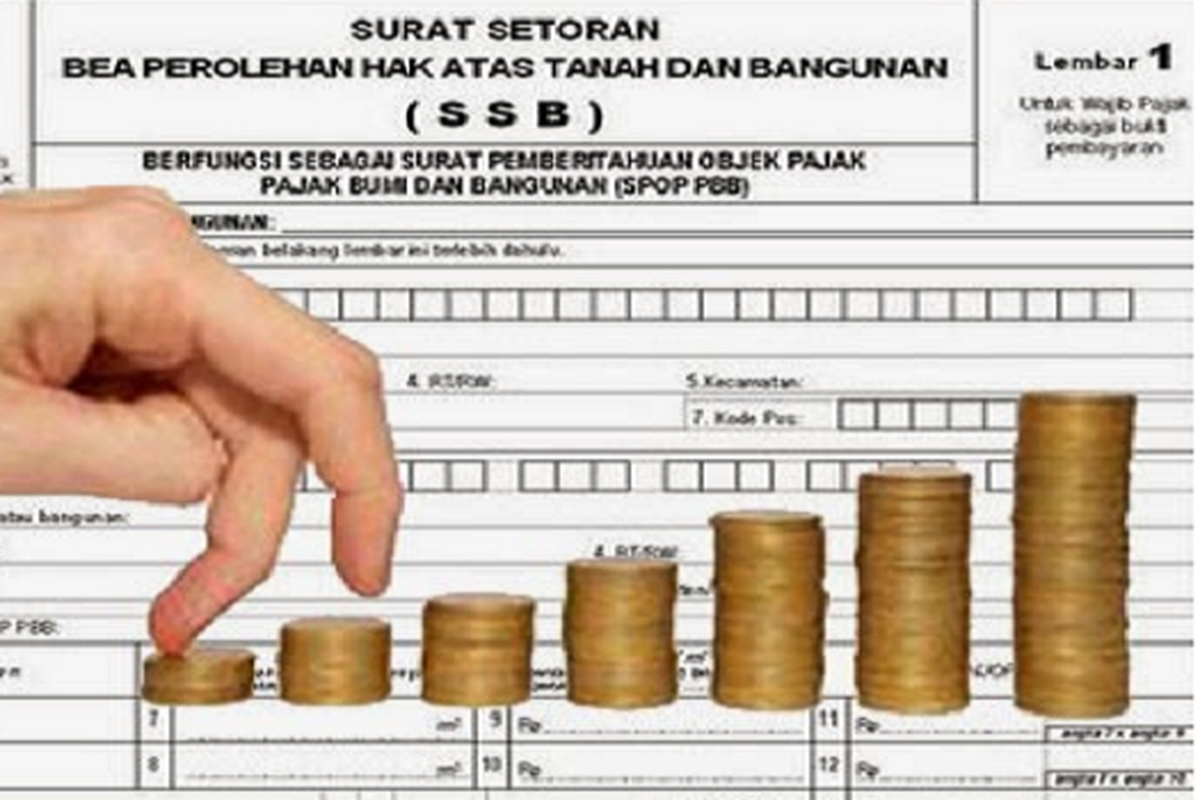Analyze when owed levies on the acquisition of rights to land and/or buildings (BPHTB) for buying and selling transactions
DOI:
https://doi.org/10.31943/gw.v14i3.586Keywords:
BPHTB, Buy Sell, When OwedAbstract
The Acquisition Duty of Right on Land and Building, commonly known as BPHTB, is a tax levied upon the acquisition of land and/or building rights. This study scrutinizes the circumstances under which BPHTB becomes payable in sale and purchase transactions regulated by the HKPD Law and investigates their misalignment with the practical realities of the property market. Employing the constructivism paradigm method and a qualitative approach, the research reveals that the criteria stipulated in the HKPD Law for paying BPHTB need to harmonize with the actual dynamics observed in property transactions. Notably, the study underscores that the timing outlined in the HKPD Law for BPHTB payment needs to align with the foundational philosophy of BPHTB as a tax designed to facilitate the transfer of asset ownership. The incongruities identified prompt critical reflections on the current regulatory framework. The study contends that the misalignment between the HKPD Law and the essence of BPHTB necessitates reevaluating the legislation to ensure its responsiveness to the real-time intricacies of property acquisitions. The findings advocate for a more coherent and aligned approach to the stipulations of BPHTB payment, emphasizing the need for adjustments that better encapsulate the intended purpose of this tax, which is the seamless transfer of asset ownership in property transactions.
Downloads

Downloads
Published
How to Cite
Issue
Section
License
Copyright (c) 2023 Fahira Salsabila, Aisyah Ayu Musyafah

This work is licensed under a Creative Commons Attribution 4.0 International License.
The use of non-commercial articles will be governed by the Creative Commons Attribution license as currently approved at http://creativecommons.org/licenses/by/4.0/. This license allows users to (1) Share (copy and redistribute the material in any medium) or format; (2) Adapt (remix, transform, and build upon the material), for any purpose, even commercially.









